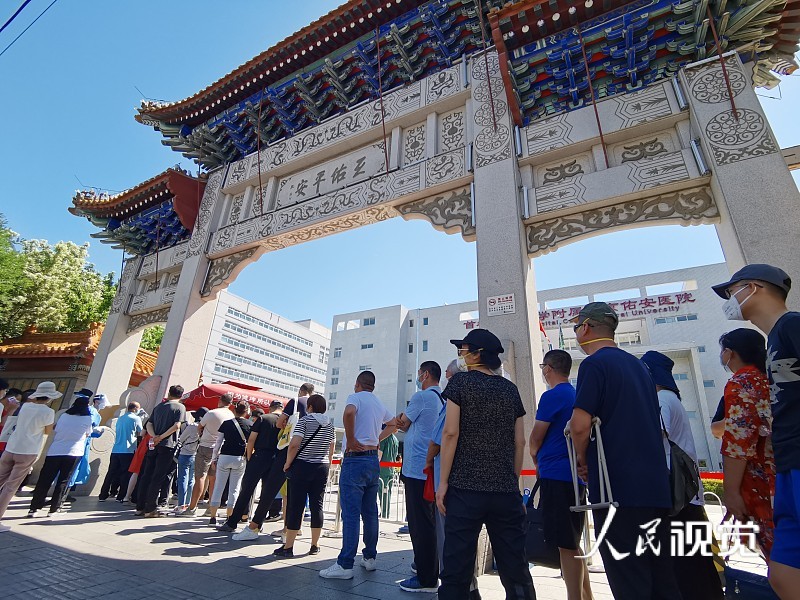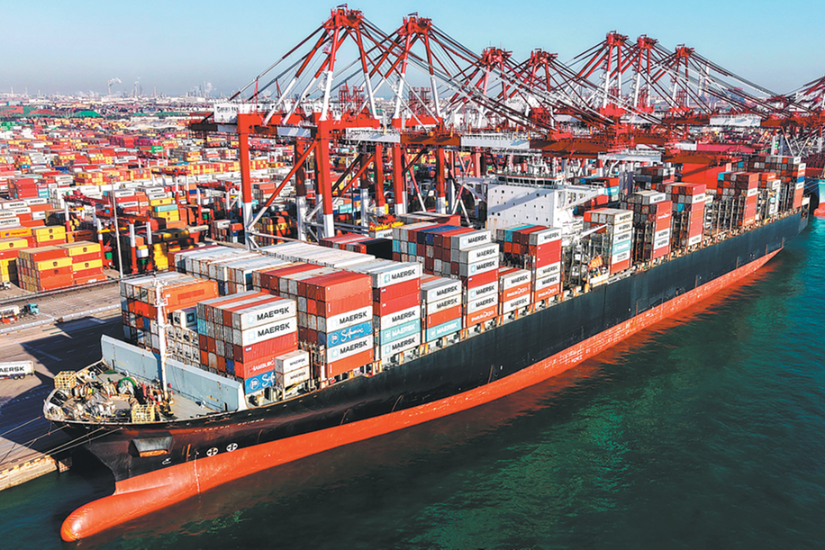Nine questions about Beijing's latest COVID-19 outbreak


Question 4: Why did it happen to Xinfadi?
Covering a total area of 112 hectares, the Xinfadi market provides 80 percent of Beijing's vegetables and fruits. Every day, about 10,000 people and 3,000 trucks arrive at the market.
In 2019, the market's trade volume reached 131.9 billion yuan ($18.65 billion), and 17.49 million tons of produce were traded there. Among more than 4,600 wholesale markets of farm produce across the country, Xinfadi has been the biggest for 17 years.
Wu said that before the new outbreak, Beijing had no local cases for more than 50 days, which means that there should be no virus locally. It needs to investigate all products and visitors to the situation clear.
Since the Wuhan outbreak, researchers have focused on animals and products to find the origin of the virus.
It was very important to find the animal source, which is crucial to controlling the spread of the virus, said Chen Jinping of the Guangdong Institute of Applied Biological Resources.
Many experts believe the new outbreak in Beijing will provide an opportunity to find the intermediate host of the virus.
Wang Liming, a professor from the College of Life Science of Zhejiang University, said few samples were collected from animals and products at Huanan Market in Wuhan before it was closed and disinfected, but Xinfadi provided the opportunity.
























